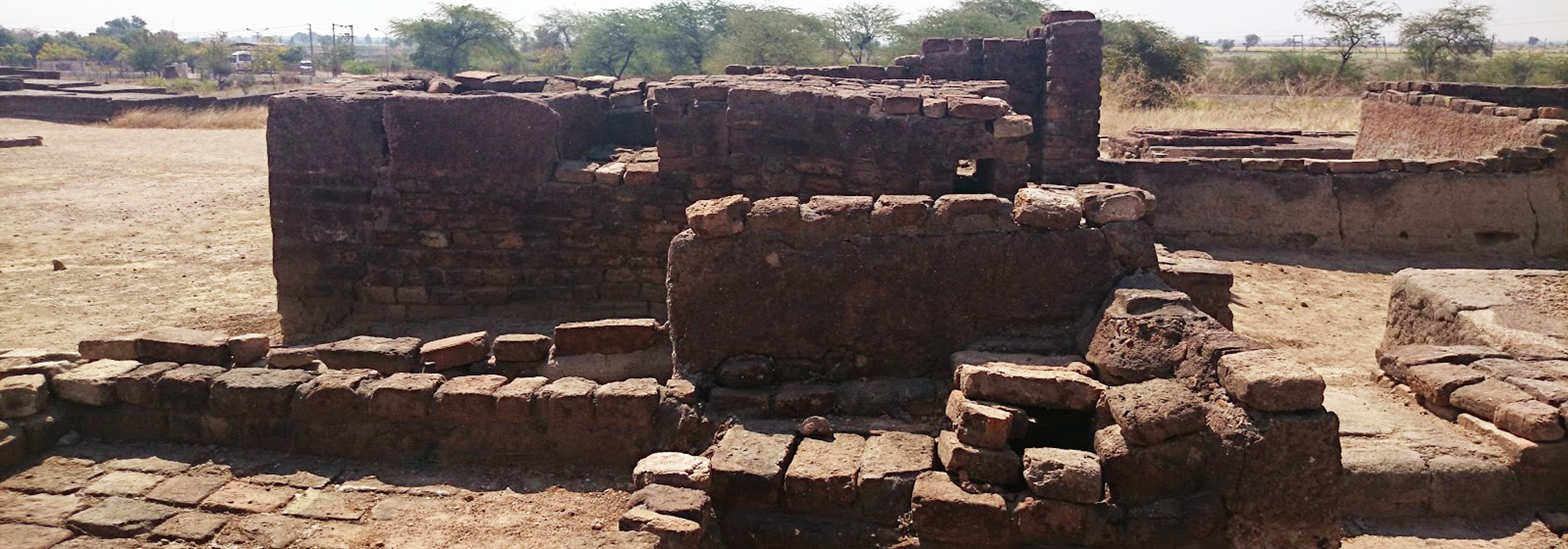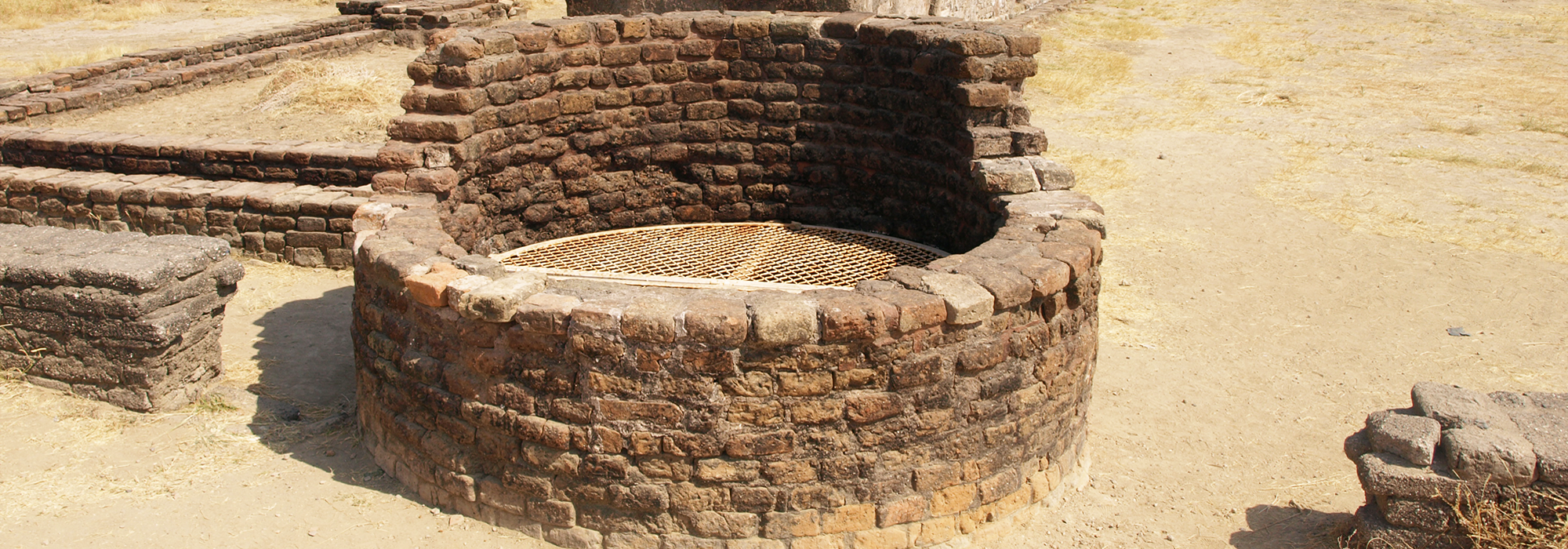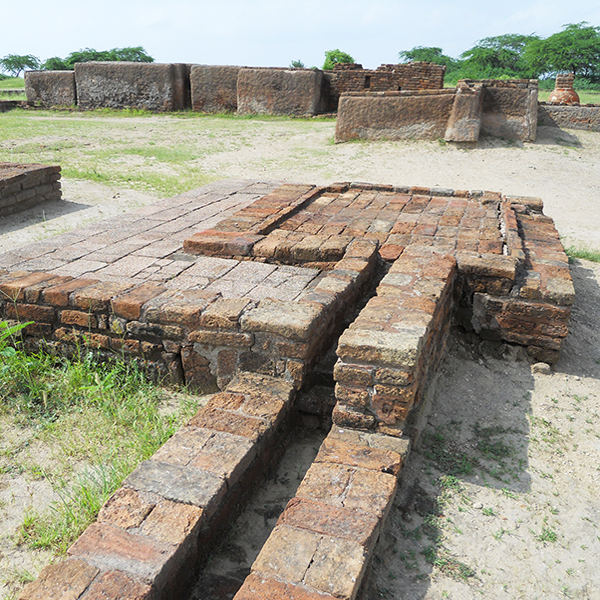Lothal is a city which belongs to the Indus Valley Civilization of India. The city was inhabited in the pre-Harappan phase, around 3700 BC, and continued to survive long after the decline of the civilization, until 1000 B.C. It is located near the village of Saragwala in the Dholka Taluka of Ahmedabad district, in the western state of Gujarat. Lothal boasts of world's earliest known dockyard, which connected the city to an ancient course of the Sabarmati River on the trade route between Harappan cities in Sindh and the peninsula of Saurashtra. Thus it throws light on the use of inland waterways for the transportation of goods, which is still of great importance, given India's vast network of rivers and water bodies. Lothal also holds a special place in the maritime history of India's western coast, from where trade was carried out with lands of West Asia and Africa.










